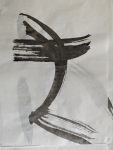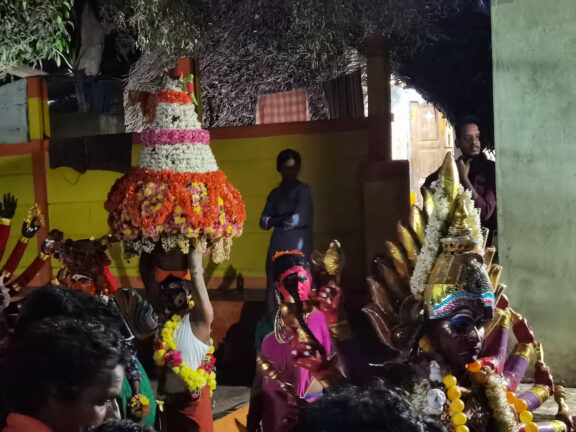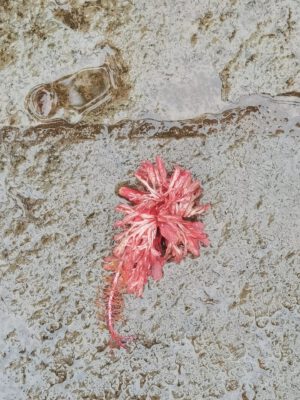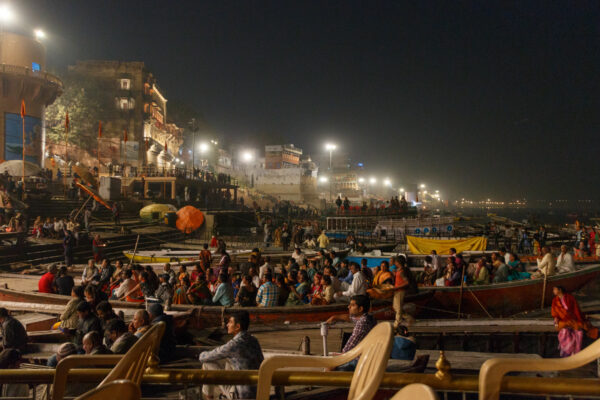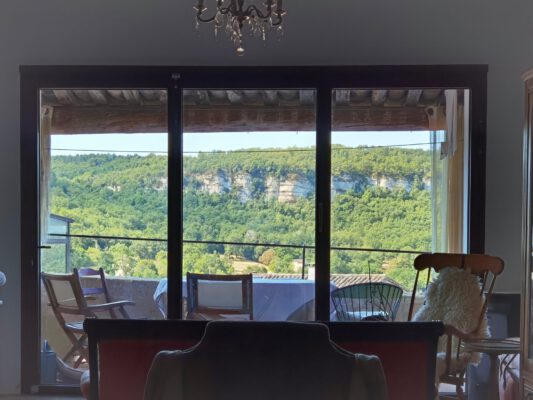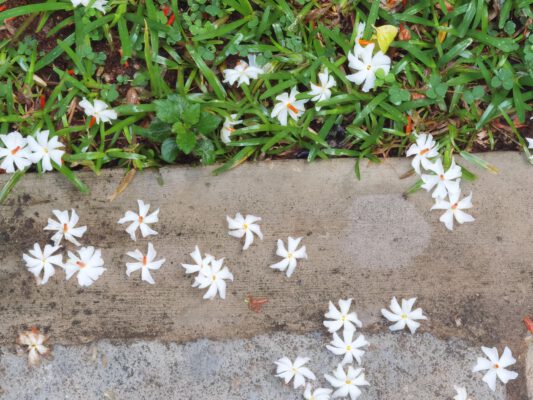II am slowly penetrating a little deeper into the superficiality. Concepts that I have absorbed from different knowledge systems such as the Vedas, Agamas, Shastras are slowly connecting. I see rough root systems. For example, how the 5 elements (water, fire, earth, ether and air) as a starting point in the teachings of the Vedas develop further in Vastu or Ayurveda, i.e. in space and the body. I see how different systems of knowledge intertwine in the temple and how this is still reflected in contemporary art practice today. And it becomes clear how the interpretation and appropriation of these knowledge systems is highly political. This knowledge was colonized and is now being critically questioned at universities with regard to its colonization. But it is also still active in many ashrams and gurukuls, often with a great deal of pride and a reference to reviving the tradition.
Following Deleuze's ideas, I have rhizomatically connected different concepts, visited plateaus, left my home and allowed parts of myself to deterritorialize. A 'body without ogans' has emerged, lines of flight of the mind have formed. The plane of immanence has opened up, folded, its inclusions have opened up new worlds for me, which are now slowly aligning with reality and everyday life.
This is a painful process. The naive world of wonder and mild fascination, the honeymoon of spiritual exploration comes to a first caesura. This superficiality, i.e. the linking in immanence, is an active exploration, a thinking in the sense of expansion. I have combined it with an internalization, a tracing in meditation, spiritual practice, temple visits, exhibitions, 'folklore', study groups and conversations.
Now I have been on a 4-day intensive course on Vastu (architecture). Didactically it was well structured: slowly introducing the world of thought derived from the Vedas, leading to basic concepts of space, vibration, geometry, cosmology, energy. The Upanishads shone through again and again. We practiced puja and a temple visit - and finally practical applications in architectural plans.
The tasks are now much more difficult. The pure resonance and association needs to be checked for legitimacy. And this is where the question of the criterion arises. How should knowledge be measured? I discuss this with my teacher on the basis of Hegel and the Taittiriya Upanishad, but also in postmodern reflection. However, this oscillating thinking escapes systematic access. So how should it express itself? In the last few months, a lot has been condensed for me through personal experience. I have written letters that have followed the inner movement that feels drawn to something. And I have visualized and exhibited knowledge as a starting point for questions: a diagram of a temple exhibited in a gurukul that practices tantric rituals.

